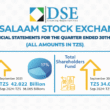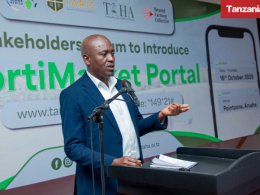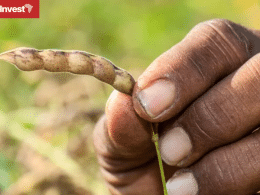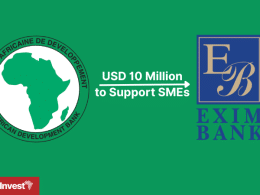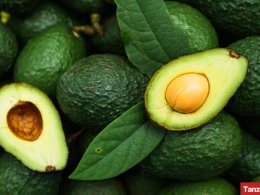In its latest Tanzania Economic Update, the World Bank’s (WB) stresses the centrality of agricultural transformation for the success of the country’s national development plans.
Titled “Transforming Agriculture, Realizing the Potential of Agriculture for Inclusive Growth and Poverty Reduction”, the report highlight that, despite the favorable demand trends, and the encouraging signs from the growth of medium-scale farming, agricultural performance in Tanzania in recent years has been enigmatic.
Comparison of the agricultural census and household survey data for 2007–16 shows that land cultivated expanded by 7.7% annually, yet the average land productivity in value terms stagnated at less than 0.4% annually, and land expansion accounted for most agricultural growth.
Average labor productivity in agriculture does appear to be rising modestly at about 1% annually, mostly because of a drop in average labor input/ha.
Meanwhile, private agribusiness investments have been modest, especially from foreign sources, probably due to a discouraging policy environment.
The export bans for maize and rice as a short-term price stabilization tool, often with a domestic food security objective, proved to be counter-productive.
On average, between 2007 and 2017 only 4% of FDI went into agriculture, fisheries, and forests. Commercial bank lending to agriculture is just 7%, down from 10% in the past five years.
As a result, growth in agricultural GDP averaged only 3.5% from 2006 to 2016.
But it seems to have grown at 6.3% annualized in the first half (H1) of 2018 and 5.1% in 2019 H1. Thus, for Tanzanian agriculture the signs are promising, but progress will need to accelerate to meet national targets, the WB stresses.
Policy and regulatory reforms to increase private investment in both input and output markets are needed, together with public spending for mobilizing private finance for agriculture by providing public goods, such as agricultural research and rural infrastructure, that are essential for productivity growth.
Although more than 70% of Tanzanians depended directly or indirectly on agriculture for their livelihoods, agriculture was allocated only 2.5% of public spending, less than in neighboring countries
Tanzania Agriculture
Agriculture is Tanzania’s economic mainstay, contributing USD 13.9bn to its GDP (nearly 30%) and 67% to total employment during 2014.
Agricultural land in Tanzania was last measured at 396,500sq.km in 2013 (45% of total land area) versus 369,744sq.km in 2008, representing an increase of 7% over the 5–year period.

